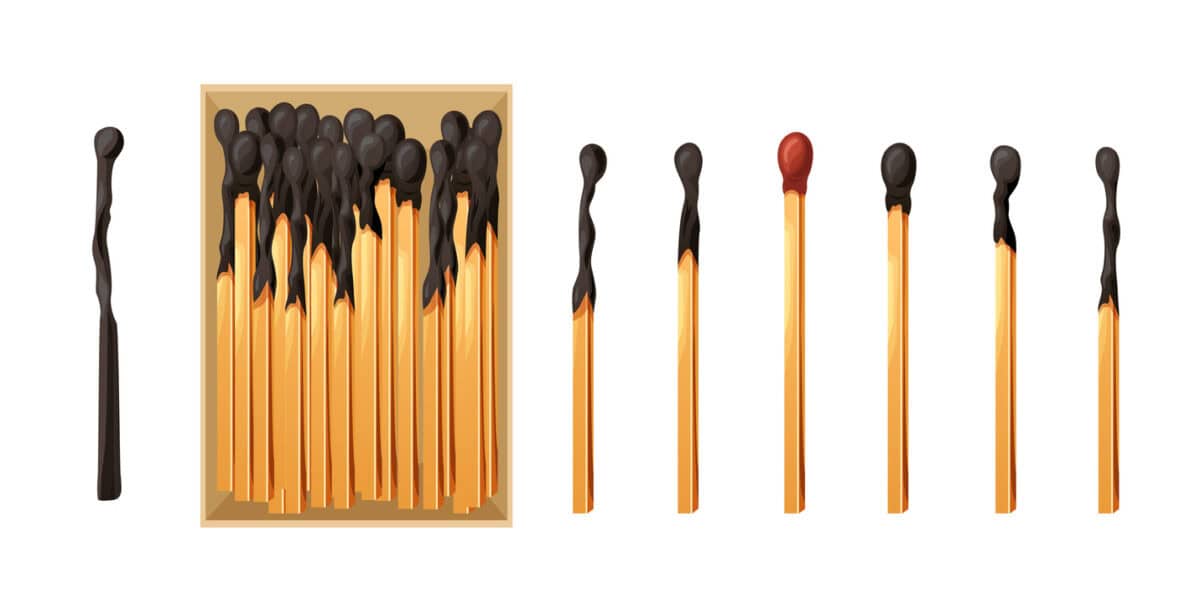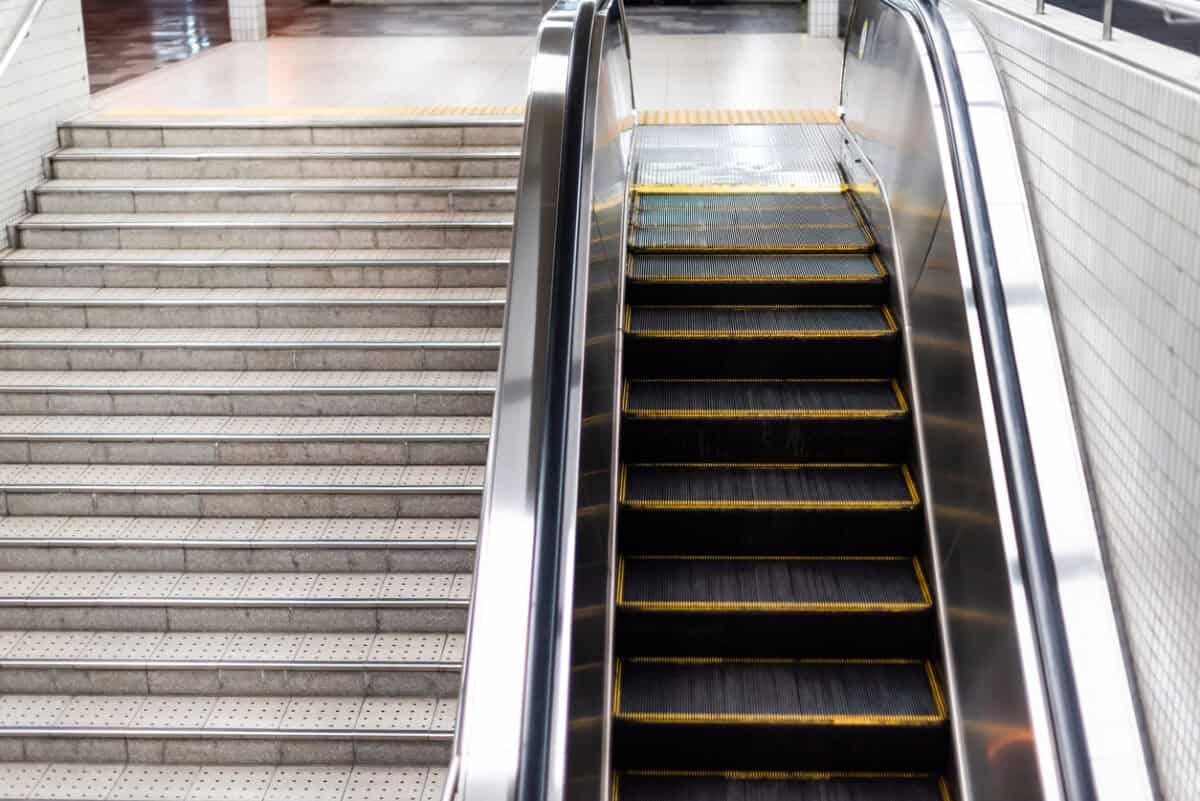Australia’s occupational health and safety (OHS) has improved over the decades. Yet, preventable injuries and fatalities persist—over 180 quad bike deaths since 2011, for example, with rollovers leading the charge. We have regulations, campaigns, and a national body in Safe Work Australia, but something’s still missing. Why aren’t workplace redesign efforts—like fitting rollbars on quads or rethinking production systems—more widespread? The answer might lie in a hidden barrier: the WHS profession’s shaky grasp of financial literacy, compounded by the stranglehold of financial underwriting models and capital market expectations. Maybe it’s time we admit that the safety game isn’t just about risk assessments—it’s about money, and we’re not playing it well enough.
Author: Kevin Jones
Farmers’ values need analysis and changing
Recent statistics on farm safety by AgHealth Australia reported in an earlier article, have also garnered attention from the Australian Broadcasting Corporation (ABC). The focus is on the number of deaths associated with side-by-side (SXS) vehicles, and farming seems to be treated as a special work health and safety case. Farming is not exceptional but represents different cultural values that deserve greater attention.
A library in just one Working From Home article
This newspaper article on the current status of Working from Home (paywalled) was satisfying on at least two levels: it was a sensible report on most of the benefits of this type of work arrangement and showed the limitations of newspaper publishing.
Piss or get off the pot, but take care
I am a big fan of diagnosis as a tool for obtaining evidence from which decisions about occupational health and safety (OHS) can be made. However, increased attention on the inclusion of mental health management in OHS exposes us to the same minefield that is currently surrounding the (over?) diagnosis of autism, Attention Deficit Hyperactivity Disorder (ADHD) and neurodivergence. Recently, the New Statesmen provided a useful analysis of the issue in a review of several new books.
Some jobs continue to be bullshit ones
The concept of Bullshit Jobs persists. In the Oxford University Press BRAIN, neurologist Masud Husain applies the idea to universities and intellectuals. As I qualify as neither, I read the article seeking insight into the concept’s progress and application to occupational health and safety (OHS). I found connections to burnout, stress and Safe Work Method Statements.
Burnout prevention to receive considerable media attention
Jennifer Moss is a prominent analyst on work-related burnout and mental health. She is one of the few receiving global attention for pointing out that the prevention and control of the burgeoning mental health crisis are best addressed by reassessing and redesigning how organisations are run and workers are managed. Her latest book, due out in a few weeks, will supercharge the debate on managing psychosocial risks and psychological hazards at work.
Continue reading “Burnout prevention to receive considerable media attention”Mental health, neoliberalism and trade union myopia
The Australia Institute is a progressive (Left-leaning) research institute that recently commemorated its 30th anniversary with a book called “What’s the Big Idea?” Contributors are compatible with the Institute’s ideologies, but some chapters overlap with occupational health and safety (OHS).







